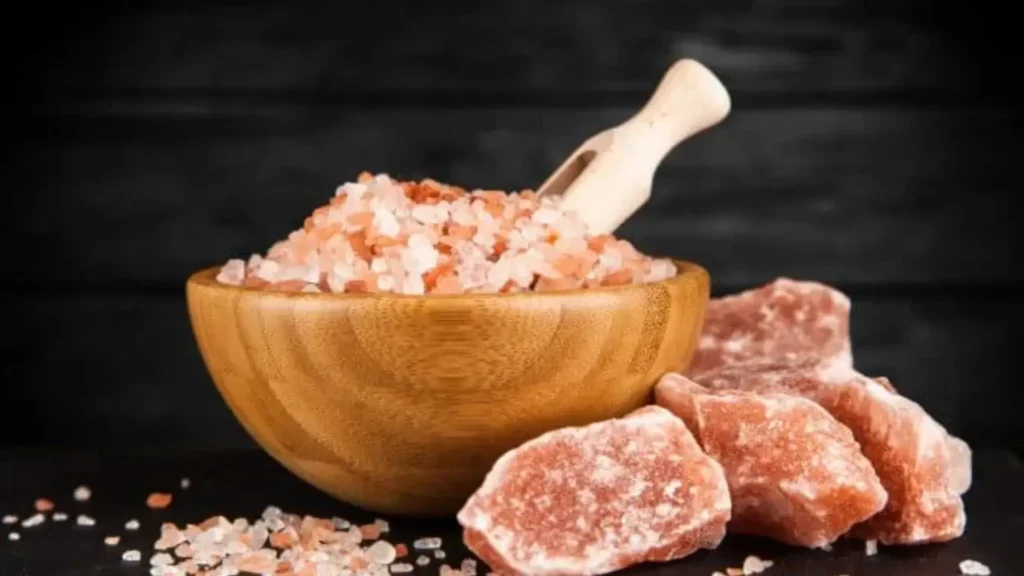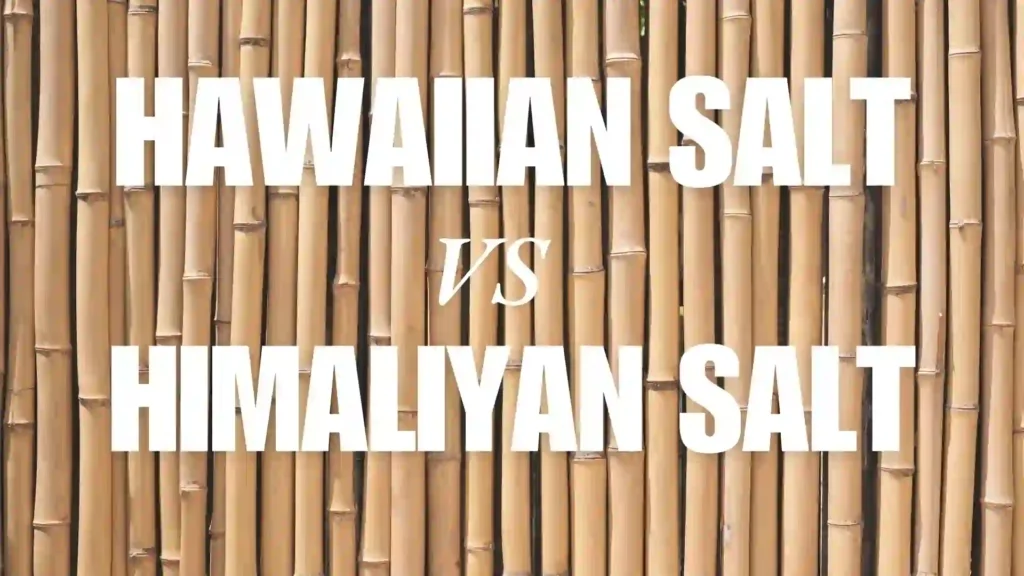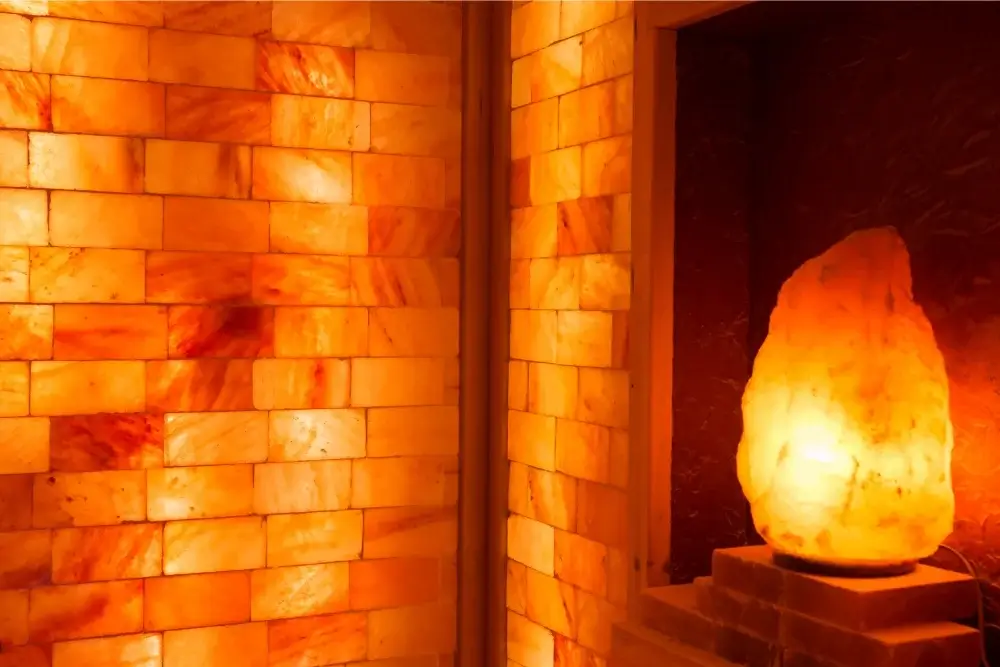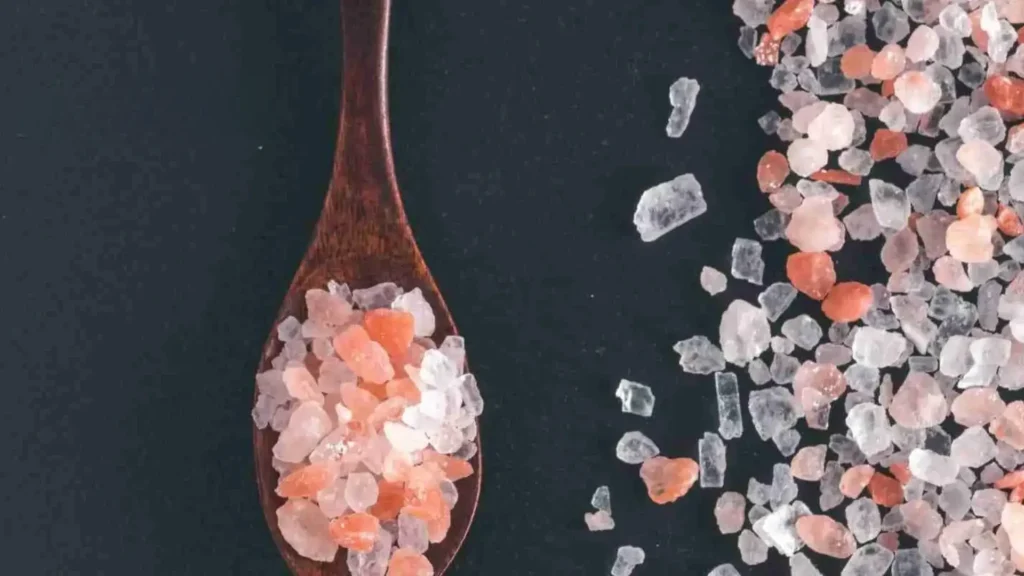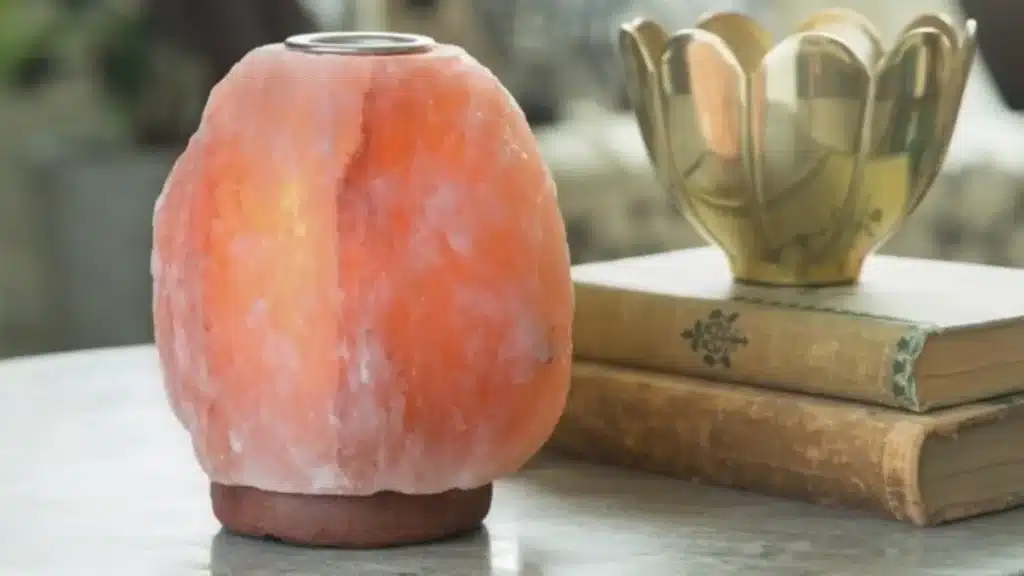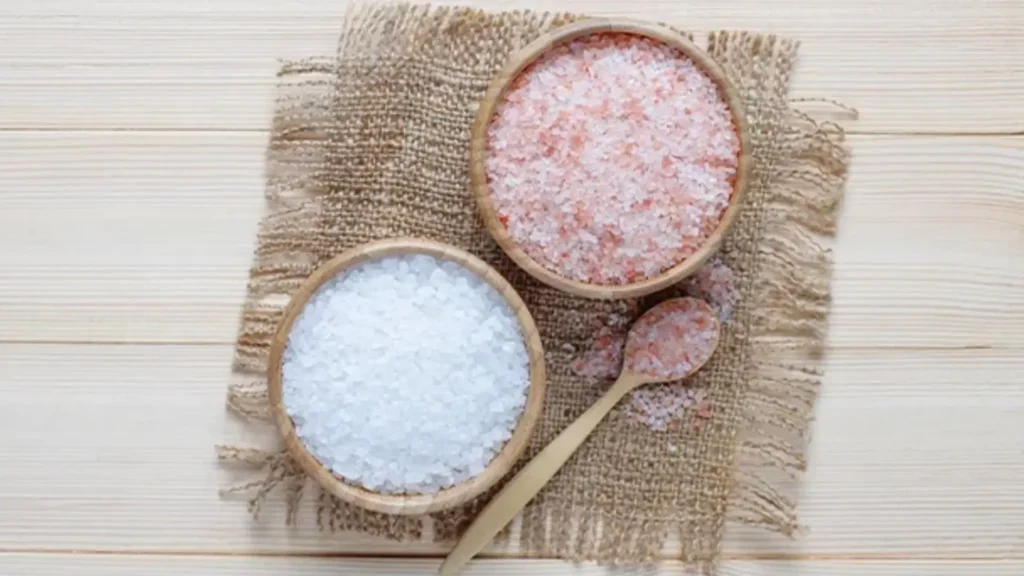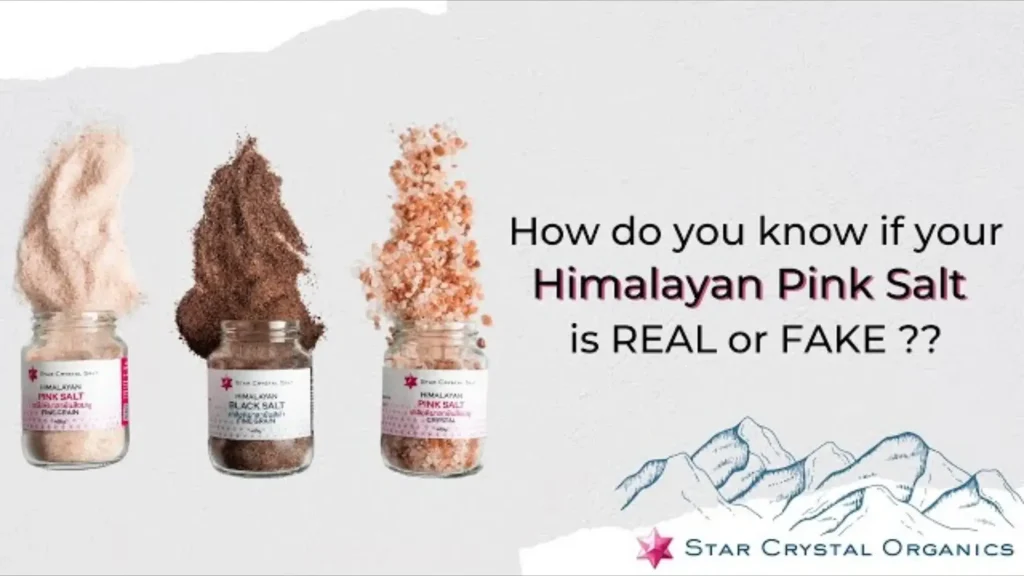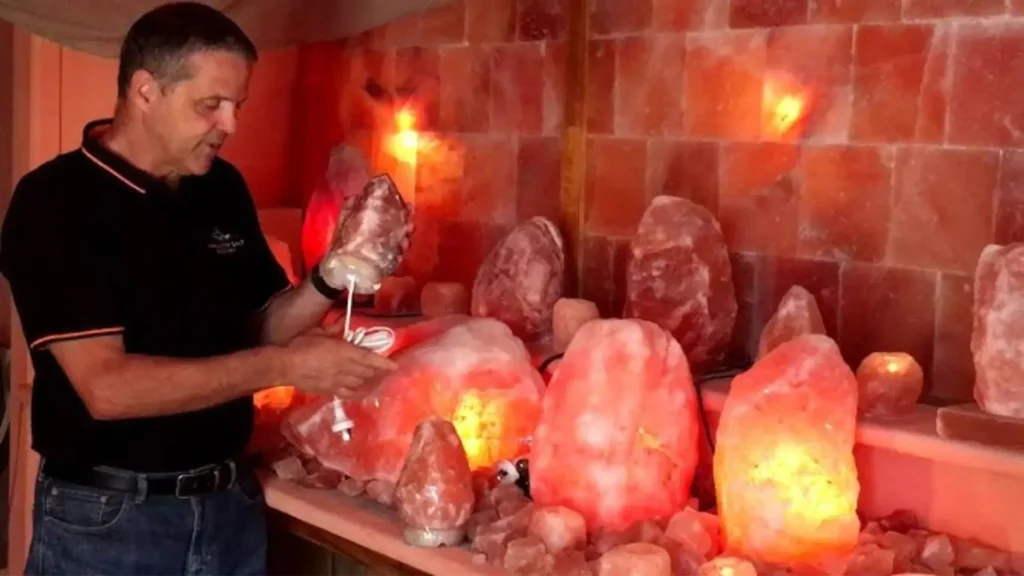Himalayan Salt Detox Baths And Its Benefits
What is Himalayan Salt Detox Baths? The Ultimate Guide to Uncovering Its Benefits and Uses A warm bath filled with ancient minerals that not only relax your muscles but also promise to draw out toxins, improve your skin, and rejuvenate your body. That’s the allure of a Himalayan salt detox bath. But is there science behind this claim, or is it just another wellness trend? In this comprehensive guide, we will dive deep into the world of Himalayan salt detox baths to explore their benefits, how to use them, and whether they truly live up to their reputation. What Makes Himalayan Salt Unique and Why It Matters for Detoxification Himalayan salt, often called “pink gold,” is a type of rock salt harvested from the Punjab region of Pakistan, near the foothills of the Himalayas. Unlike regular table salt, Himalayan salt is rich in over 80 trace minerals, including magnesium, potassium, and calcium, which are believed to offer a range of health benefits. The pink hue comes from these mineral traces, especially iron oxide. The combination of these minerals, along with the salt’s natural purity, makes it a popular choice for detox baths. The Science Behind Salt Detoxification: What Happens When You Soak? When you immerse yourself in a Himalayan salt bath, the warm water opens your pores, allowing the minerals to be absorbed through your skin. At the same time, a process known as “osmosis” occurs, where salt draws toxins out of your body. The theory is that this process not only cleanses your skin but also helps with internal detoxification. However, it’s important to note that while many people report feeling rejuvenated and relaxed after such baths, scientific evidence supporting these claims remains limited. Top 5 Health Benefits of Taking a Himalayan Salt Detox Bath 1. Relaxation and Stress Relief: The Soothing Power of Salt Water One of the most immediate effects of a Himalayan salt bath is deep relaxation. The magnesium in the salt can help ease muscle tension and reduce stress, promoting a state of calmness. This can be especially beneficial after a long day or strenuous exercise, allowing you to unwind and recharge. 2. Skin Health: From Exfoliation to Hydration Himalayan salt acts as a natural exfoliant, gently sloughing off dead skin cells and revealing a fresher, brighter complexion. Its antibacterial properties can also help treat skin conditions like acne, eczema, and psoriasis by reducing inflammation and killing off harmful bacteria. Furthermore, soaking in a salt bath can enhance skin hydration, leaving it soft and supple. 3. Respiratory Benefits: Breathing Easy with Salt Air Interestingly, Himalayan salt baths may also provide respiratory benefits. The concept of “halotherapy” involves breathing in the salty air generated during a hot salt bath, which can help clear the respiratory tract, reduce inflammation, and alleviate symptoms of conditions like asthma or allergies. While this effect is more commonly associated with salt caves, a steamy salt bath can provide a similar environment. 4. Mineral Absorption: Nourishing Your Body Through the Skin While ingesting minerals is the most common way to incorporate them into your diet, transdermal (through the skin) absorption can also be effective. A Himalayan salt bath is an excellent way to absorb essential minerals directly through your skin, potentially balancing your body’s pH levels, improving circulation, and supporting overall health. 5. Improved Sleep: A Natural Remedy for Insomnia For those struggling with insomnia or restless sleep, a warm Himalayan salt bath before bed can work wonders. The combined effects of muscle relaxation, skin hydration, and stress reduction can help you achieve a more restful and uninterrupted sleep cycle, allowing you to wake up refreshed and revitalized. How to Prepare the Perfect Himalayan Salt Detox Bath: A Step-by-Step Guide Creating the ultimate Himalayan salt detox bath is simple but requires the right ingredients and steps to maximize its benefits. Here’s how to do it: Choose Quality Salt: Opt for pure, unprocessed Himalayan pink salt with no additives. Around 1-2 cups are generally sufficient for a standard bathtub. Set the Temperature Right: The water should be warm but not too hot. Aim for a temperature between 97-99°F (36-37°C), which is close to body temperature to encourage better absorption. Add Essential Oils (Optional): For added relaxation and therapeutic benefits, consider adding a few drops of essential oils such as lavender, eucalyptus, or chamomile. Soak and Relax: Immerse yourself in the bath for about 20-30 minutes. Use this time to meditate, listen to calming music, or simply unwind. Rinse and Rehydrate: After your bath, rinse off with fresh water to remove any salt residue. It’s also crucial to rehydrate by drinking plenty of water, as the detox process can be dehydrating. Comparing Himalayan Salt Baths to Other Popular Detox Baths: Which Is Right for You? While Himalayan salt baths are highly popular, they’re not the only option available for detoxification. Epsom salt baths, for example, are renowned for their ability to relieve muscle pain and reduce inflammation due to their high magnesium content. Dead Sea salt baths, on the other hand, are celebrated for their skin-healing properties. Choosing the right bath for you depends on your specific needs, whether they are relaxation, skin care, or relief from muscle tension. Potential Side Effects and Precautions: What You Need to Know Although Himalayan salt baths are generally safe, they may not be suitable for everyone. Those with certain medical conditions, such as high blood pressure, diabetes, or cardiovascular issues, should consult with a healthcare provider before indulging. Additionally, soaking for too long or using overly hot water can lead to dehydration or dizziness. Always listen to your body and adjust the bath accordingly. Conclusion Himalayan salt detox baths offer a luxurious and potentially beneficial experience that can enhance both your physical and mental well-being. While the scientific evidence is still catching up, the anecdotal benefits—ranging from skin care to improved sleep—are widely reported. Whether you’re seeking relaxation, relief from skin issues, or a unique way to support your body’s natural detoxification processes, a Himalayan salt
Himalayan Salt Detox Baths And Its Benefits Read More »


